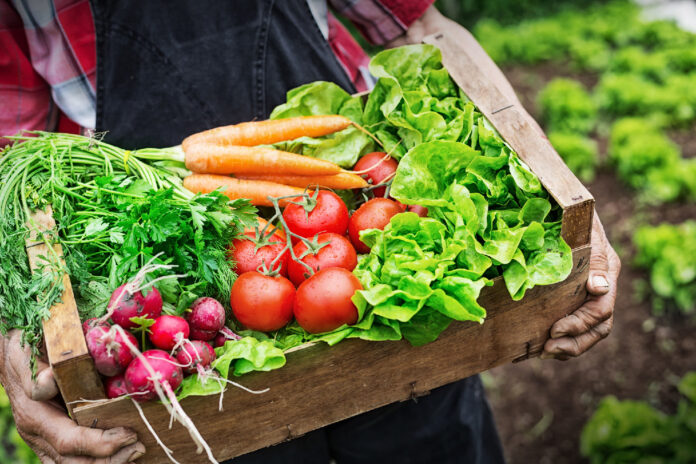Introduction to Food Waste
Even though environmental awareness is on the rise, the amount of food waste is still staggering. In the European Union, it’s estimated that each person throws away around 173 kilos of food per year, which adds up to 88 million tons annually. Similarly, in the USA, 12% of fruits and vegetables go to waste in shops and supermarkets. Finding new ways to prevent food waste is not only an ethical obligation, but also an environmental one.
The Role of Ethylene in Food Spoilage
One of the key signs that vegetables are ripening is the release of a phytohormone called ethylene. This gas could hold the key to monitoring the life cycle of food. Researchers at MIT have developed an innovative technology project that can detect ethylene emissions at extremely low concentrations of 15 parts per million. To achieve this, they used a grid of carbon nanotubes with palladium as a catalyst.
Experimenting with Ethylene Detection
In their experiment, the researchers deposited the new generation of sensors onto a glass slide. Over the course of five days, they measured the release of ethylene by two types of flowers – carnations and purple lisianthus. After detecting a spike in ethylene on the first day, they witnessed the blooming of the flowers within one or two days. The purple lisianthus flowers showed a more gradual increase in ethylene over four days, which led to a slower blooming process.
From Copper to Palladium
The researchers had previously created a similar sensor in 2012, based on a grid of thousands of carbon nanotubes and copper atoms. However, this prototype was less accurate and the copper tended to oxidize and lose its efficiency over time. The new generation of nanotubes uses palladium as a catalyst, which adds oxygen to ethylene in a process known as Wacker oxidation. This process increases the overall conductivity of the sensor, allowing for more accurate measurements of ethylene levels.
Advantages of the New Sensor
One of the major advantages of the new sensor is its ability to detect ethylene in a matter of seconds. Once the ethylene disappears, the grid quickly recovers its average conductivity. The researchers believe that the patent-pending sensors will have exciting applications in the food industry, particularly with vegetables, fruits, and flowers. By reducing ethylene levels, the ripening process can be slowed down, reducing food waste.
Conclusion
The development of this new sensor technology has the potential to make a significant impact on the food industry. By detecting ethylene emissions and monitoring the life cycle of food, we can reduce waste and create a more sustainable food system. With its ability to detect ethylene in seconds and its potential applications in a range of industries, this technology is an exciting step forward in the fight against food waste. As the world continues to grapple with the challenges of food production and waste, innovations like this one will play a crucial role in creating a more sustainable future.

